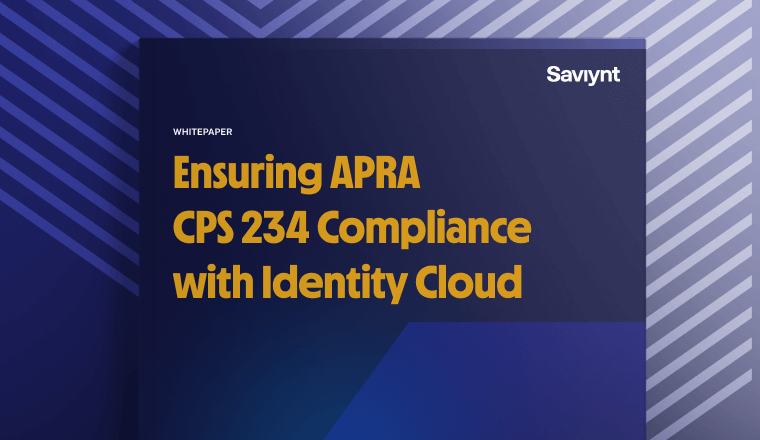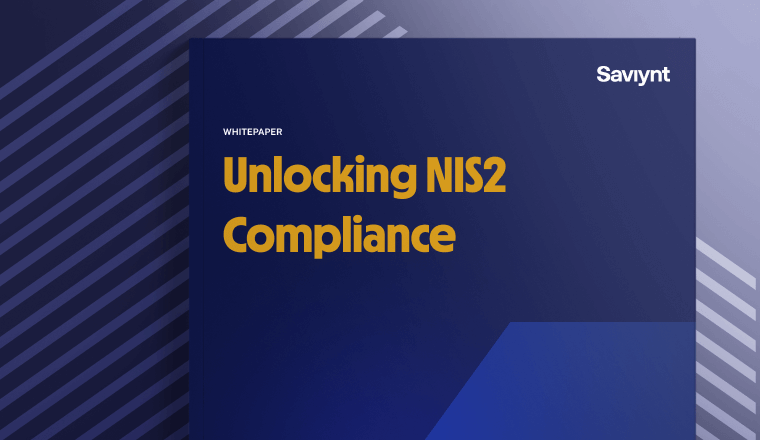What is the Sarbanes-Oxley Act (SOX)?
What is the Sarbanes-Oxley Act?
The Sarbanes-Oxley Act, also known as the Public Company Accounting Reform and Investor Protection Act of 2002, is a federal law enacted in the United States in response to a series of high-profile corporate accounting scandals, including those at Enron, WorldCom, and Tyco International. The law aims to increase transparency and accountability in corporate financial reporting and to help restore investor confidence after these scandals. The Sarbanes-Oxley Act establishes new or expanded requirements for public companies and accounting firms in financial reporting, internal controls, and auditing.
How to Achieve Compliance with the Sarbanes-Oxley Act
A business must take several steps to ensure compliance with the Sarbanes-Oxley Act. Some of the critical steps that a business should take to achieve compliance are:
-
Establish internal controls: Public companies must establish and maintain a system of internal controls over financial reporting to ensure that their financial statements are accurate and reliable. This step requires identifying and assessing the risks to the business, designing controls to mitigate those risks, and testing the effectiveness of those controls on an ongoing basis.
-
Attest to internal controls: The company’s auditor must attest to the effectiveness of the company’s internal controls over financial reporting. This step involves auditing the company’s financial statements and testing the effectiveness of its internal controls.
-
Disclose off-balance-sheet transactions: Public companies must disclose any off-balance-sheet transactions or other financial arrangements that may have a material impact on the company’s financial condition.
-
Prohibit personal loans to executives: Public companies cannot make personal loans to their executives.
-
Establish criminal penalties: The law creates criminal penalties for corporate fraud and other financial crimes, including fines and imprisonment.
-
Establish a whistleblower program: Public companies must establish a whistleblower program that allows employees to report potential violations of the law or company policies without fear of retaliation.
-
Create a Public Company Accounting Oversight Board: The law established the Public Company Accounting Oversight Board to oversee and regulate the accounting industry. Public accounting firms that audit public companies must register with the board and follow its rules and regulations.
It is important to note that the specific steps a business needs to take to comply with the Sarbanes-Oxley Act will depend on various factors, including the size and complexity of the business, the industry it operates, and its specific risks and challenges. It is also essential to consult with legal and accounting professionals to ensure your business fully complies with the law.
Consequences of Non-Compliance with the Sarbanes-Oxley Act
The consequences of non-compliance with the Sarbanes-Oxley Act can be significant for businesses and their executives. Some of the potential consequences of non-compliance include:
- Fines: The Securities and Exchange Commission (SEC) can impose fines on public companies and their executives for violating the provisions of the Sarbanes-Oxley Act. These fines can be substantial, ranging from thousands to millions of dollars, depending on the severity of the violation.
- Legal Action: The SEC or other regulatory agencies may initiate legal action against a business or its executives for violating the Sarbanes-Oxley Act. A violation can result in civil or criminal penalties, including fines, injunctions, and even imprisonment.
- Reputational Damage: Non-compliance can damage a company’s reputation and erode investor confidence. This damage can lead to declining stock prices, difficulty raising capital, and other negative consequences.
- Lost Business: Non-compliance can also result in the loss of business, as customers and partners may choose to work with more compliant companies.
- Increased Scrutiny: Non-compliant businesses may face increased regulatory scrutiny from the SEC and other agencies, which can be time-consuming and costly.
In short, non-compliance with the Sarbanes-Oxley Act can have severe consequences for businesses and their executives. It is essential to ensure that your business fully complies with the Sarbanes-Oxley Act law to avoid these potential consequences.
Saviynt & the Sarbanes-Oxley Act
Saviynt’s Enterprise Identity Cloud includes a variety of features that help organizations achieve and remain Sarbanes Oxley compliant:
Unified SoD Management Controls
You are not riding into the sunset if you use multiple tools to detect insider threats — or manually remove access. You’re headed for burnout. With Saviynt’s intuitive workbench, preloaded rulesets can help quickly identify, manage, and mitigate SoD violations for financial business processes across a long list of ERP applications. Simply upload and view rulesets for different applications and easily view a description of what each risk entails. You can bundle hundreds of functions together to define risk or create rulesets per your organizational needs, removing risks and entitlements that are not in scope.
Plus, SoD assessments can be run in real-time. They can detect all the violations in the system — along with priority, description, and the user associated with it, right down to the finest-grained entitlements. You can then remediate violations by removing conflicting entitlements or roles from users or escalating them for review.
Saviynt machine learning helps ensure SoD compliance. Organizations utilizing Saviynt have prevented up to 36% of SoD violations during the access request process. Historical data, platform analytics, and peer benchmarks feed our AI to help drive actionable authorization decisions.
Automate your IAM Policies
Saviynt automatically applies your IAM policies across the identity lifecycle — from access requests to workforce changes. Intelligent reviews and filters automatically approve “low risk” and “no risk” access requests, providing context and insights that help approvers make faster, smarter decisions. Admins can also provision, monitor, and log emergency access — and immediately revoke it as needed. Saviynt can automatically track and flag excessive permissions when change occurs, ensuring users have “just enough” access for the right time to complete their tasks. Emergency access can be time-bound and customized to automatically expire when the session ends, eliminating standing privileges or orphaned identities.
Saviynt’s Control Center dashboard and reporting functionality drive actionable insights, automate decisions, and can generate compliance reports against a wide range of industry-specific requirements, including SOX. With pre-defined reports, your team spends significantly less time digging up audit information and working on data interpretation to get auditors the information they need. The result is continuous assurance over your least privileged data privacy controls, reduced human error, and lower operational costs.
Streamline your Arsenal and Achieve Compliance
Saviynt combines five core identity products — IGA, Privileged Access Management, Application Access Governance, Third-Party Access Governance, and Data Access Governance. What do they all have in common? Convergence. One dashboard, one unified, automated, superior line of sight.
Compliance is complex enough. To keep their organization free and clear of violations, COs need simplicity and visibility to understand access through the entire ecosystem. They do not need manual processes and different tools with different rules that fail to integrate. Moving to an automated, centralized system enables greater control over users’ data access, solves many IAM policy headaches, and proves governance more effective for audits. Saviynt’s continuous reporting capabilities can help you reduce these inefficient, error-prone systems and provide the visibility to achieve peace and be the unsung hero of your organization.
Resources


